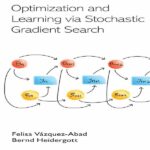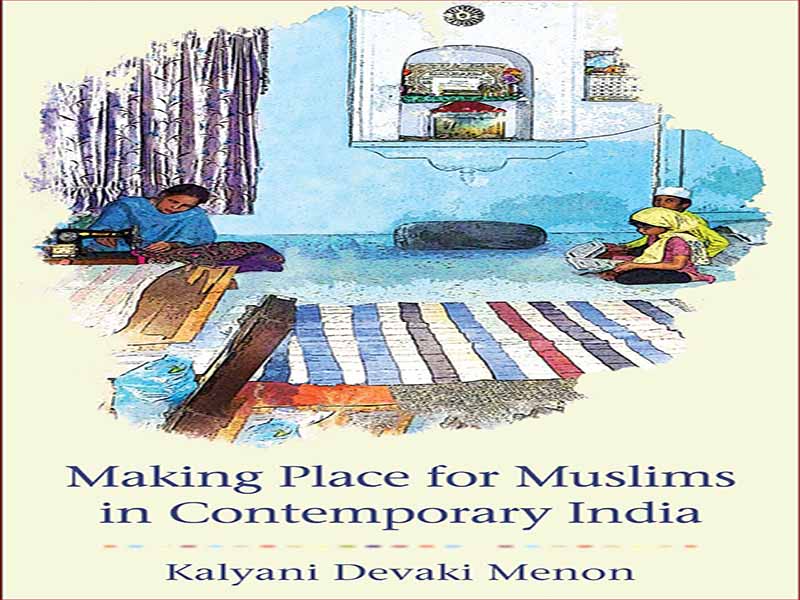- عنوان کتاب: MAKING PLACE FOR MUSLIMS IN CONTEMPORARY INDIA
- نویسنده: Kalyani Devaki Menon
- حوزه: مسلمانان
- سال انتشار: 2022
- تعداد صفحه: 213
- زبان اصلی: انگلیسی
- نوع فایل: pdf
- حجم فایل: 7.23 مگابایت
عامر صاحب: تا آنجا که به فرهنگ دهلی قدیم مربوط می شود، جمعیت هندو-مسلمان ما که قبلاً در اینجا زندگی می کردند، فرهنگ گانگا-جمنی مشترک داشتند. این فقط در دهلی آغاز شد. . . . زبان ما فرق نمی کرد، روش زندگی مان فرق نمی کرد، آشپزی ما شبیه هم بود. برخی از مردم. . . گیاهخوار بودند اما بیشتر مردم گیاهخوار نبودند. اما وقتی مردم از پنجاب به اینجا آمدند، همه چیز شروع به تغییر کرد.
ک: بعد از 1947؟
عامر صاحب: بله. اما حتی امروز، کسانی که از دهلی قدیم هستند، حتی اگر دهلی قدیم را ترک کرده باشند، وقتی با آنها ملاقات می کنید احساس می کنید با یکی از اقوام قدیمی خود ملاقات می کنید، در حال ملاقات با برادر خود هستید. هنوز هم همینطور است. اگر به اینجا بیایند، همیشه بازدید می کنند. رفتن آنها ضروری شد. وقتی ارث آنها کم شد مجبور شدند از آنجا دور شوند. اما وقتی برمی گردند، مثل گذشته با ما تعامل می کنند.
در یک بعد از ظهر گرم در ژوئن 2013، من با عامر صاحب در دفترش در باللیماران برای صرف چای و بیسکویت مصاحبه کردم. عامر صاحب، مردی خوش زبان، قدبلند و مو سفید، سردبیر دو روزنامه اردو بود. در دهلی قدیم (شکل های 0.1 و 0.2 را ببینید). دفتر او به وضوح دفتر یک نویسنده و یک خواننده بود، زیرا مملو از کتاب هایی به زبان های انگلیسی، هندی و اردو بود. اصالتاً اهل بیجنور بود، خانوادهاش در سال 1914 به دهلی قدیم نقل مکان کردند و در ابتدا در نزدیکی دروازه ترکمان، جایی که او متولد شد، ساکن شدند. در سال 1947، به دنبال پناه بردن از خشونتی که با تجزیه هند همراه بود، خانواده او به بالیماران نقل مکان کردند، جایی که هنوز در آنجا زندگی می کنند. عامر صاحب چهار ساله بود. او ترسی را که در آن زمان احساس می کرد، به یاد می آورد، زیرا اطرافیانش می ترسیدند امنیت نسبی بالیماران را ترک کنند. او گفت که در جریان شورشهای تقسیمبندی، منطقه بازار چاوری یک «سلاخخانه» بود. افراد خانواده او در محله های دولتی خود در پاهرگنج کشته شده بودند.
سخنان و تجربیات عامر صاحب با سخنان بسیاری در این شهر که زمانی شاه جهان آباد نامیده می شد طنین انداز است. عامر صاحب مانند بسیاری دیگر از نسل خود، از فرهنگ گانگا-جمنی شاه جهان آباد صحبت کرد و از استعاره تلاقی دو رود بزرگ شمال هند برای اشاره به جهان مشترک هندوها و مسلمانان و هندوئیسم و اسلام استفاده کرد. شهری که توسط امپراتور مغول شاه جهان در قرن هفدهم ساخته شد. اکنون، ساکنان مسنتر شهر، مانند عامر صاحب، از دست دادن این فرهنگ مشترک، که با حوادثی مانند اخراج خشونتآمیز مسلمانان از شهر توسط بریتانیاییها پس از شورش 1857 تسریع شده، ابراز تاسف میکنند. تجزیه هند در سال 1947، زمانی که بسیاری از مسلمانان شهر به پاکستان مهاجرت کردند تا پناهندگان هندو و سیک به هند مهاجرت کنند. و تسلط فزاینده سیاست هندو دست راستی اکثریتی در کشور و شهری که مسلمانان را «دیگر»، خارجی و تهدیدی بالقوه برای بافت ملی جلوه می دهد.
Aamir Sahib: As far as Old Delhi culture is concerned, our Hindu-Muslim population who lived here before, they shared a Ganga-Jamni culture. This started in Delhi only. . . . Our language was not different, our way of life was not different, our cuisine was similar. Some people . . . were vegetarian. But for the most part people were not vegetarian. But when people came here from Punjab, things be¬gan to change.
K: After 1947?
Aamir Sahib: Yes. But even today, those who are from Old Delhi, even if they have left Old Delhi, when you meet them you feel like you are meeting an old relative, you are meeting your brother. It is still like that. If they come here, they always visit. It became necessary for them to leave. When their inheritance became less, they had to move away. But when they come back, they interact with us just as they used to.
On a hot afternoon in June 2013, I interviewed Aamir Sahib in his office in Bal¬limaran over tea and biscuits.1 A soft-spoken, erudite, tall, white-haired gentle¬man, Aamir Sahib was the editor of two Urdu papers in Old Delhi (see figures 0.1 and 0.2). His office was clearly the office of a writer and a reader, as it was crammed with books in English, Hindi, and Urdu. Originally from Bijnor, his family moved to Old Delhi in 1914, initially settling near Turkman Gate, where he was born. In 1947, seeking refuge from the violence that accompanied the partition of India, his family moved to Ballimaran, where they still live. Aamir Sahib was four years old. He recalls the fear he felt at that time, as those around him were afraid to leave the relative security of Ballimaran. During the partition riots, he said, the Chawri Bazar area was a “slaughterhouse.” People in his own family had been killed in their government quarters in Paharganj.
Aamir Sahib’s words and experiences resonate with those of many in the city, once called Shahjahanabad. Like many others of his generation, Aamir Sahib spoke of the Ganga-Jamni culture of Shahjahanabad, using the metaphor of the confluence of the two major rivers of North India to reference the shared worlds of Hindus and Muslims, and of Hinduism and Islam, in the city built by the Mu¬ghal emperor Shah Jahan in the seventeenth century. Now, older denizens of the city like Aamir Sahib bemoan the loss of this shared culture, precipitated by such events as the violent expulsion of Muslims from the city by the British after the revolt of 1857; the partition of India in 1947, when many of the city’s Mus¬lims migrated to Pakistan to be replaced by Hindu and Sikh refugees moving to India; and the increasing hold of a majoritarian right-wing Hindu politics in the country and the city that renders Muslims as “other,” as foreign, and as a poten¬tial threat to the national fabric.
این کتاب را میتوانید از لینک زیر بصورت رایگان دانلود کنید:




































نظرات کاربران